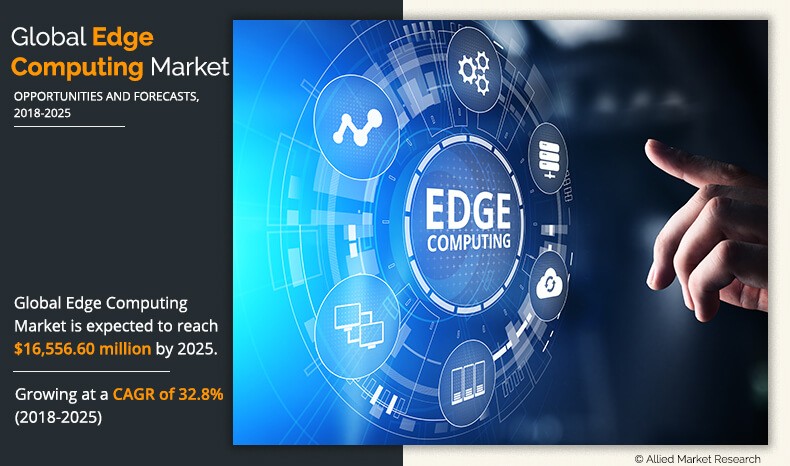Edge Computing: Expanding the manufacturing industry with hybrid cloud
– Rajesh Rajamani, senior director edge computing and emerging verticals, Red Hat
The manufacturing industry continues to be at the forefront of Industry 4.0, , which is the digital transformation of manufacturing using technologies such as smart manufacturing, cloud computing, internet of things (IoT), artificial intelligence (AI), and edge computing.
Innovative companies are deploying these technologies and practices to foster greater ecosystem collaboration with suppliers and customers and to create mutually beneficial opportunities.
The successful implementation of these technologies within the manufacturing stream increases the visibility of operations and production processes; and delivers competitive advantage through better product quality and adapting to market demand more quickly.
The convergence of information technology (IT) and operational technology (OT) is a cornerstone to cloud and edge computing adoption, moving toward an intelligent enterprise.
Edge computing is transforming operations and fueling faster innovation through advanced robotics and machine-to-machine communication closer to the source, rather than sending data to a server for analysis and response.
Gathering, analysing, and acting on data on the factory floor in real-time offers benefits including reduction in downtime, accurately predicting maintenance, and improving overall product quality results in higher yield, reduced waste, increased throughput, and lower overall costs.
Hybrid cloud: Fundamental infrastructure to integrate edge computing
The edge is an extension of the datacentre footprint beyond the datacenter, virtual, private cloud, and public cloud environments that contain centralised infrastructure. In a sense, edge computing blends pieces from each to create infrastructure built to satisfy specific customer demands.
In smart manufacturing, an edge deployment could consist of thousands of sensors connected to a data-aggregation tier.
Connecting these sensors to hybrid cloud provides consistency from edge devices to the network to the centralised datacenter, converging IT and OT providing a common foundation.
This allows IT teams to manage all networked devices just as they would their centralised IT and also be able to leverage the same solutions across edge and cloud.
When combined with hybrid cloud, edge computing promises considerable business value in connecting all the components within an intelligent network that includes abstract and physical resources.
The links between people, machines, devices, enterprise systems, and analytic engines form an intricate, intelligent web, ultimately focused on meeting customer requirements.
Build your smart factory on open technology
Edge computing can be complex, with technologies spread across multiple hardware and software platforms.
Organisations are looking for a common, horizontal, unified platform with a consistent development and operations experience.
A platform needs to be modular to be able to adapt to a wide range of footprints, from running on top of existing virtualisation or cloud platforms; to a modern, cloud-native infrastructure virtualisation platform; to small form factor bare-metal clusters; to single-edge gateways and servers.
The platform should also be cloud agnostic to allow the organisation the freedom and flexibility to move workloads without deploying a new cloud platform.
Edge computing requires industry-wide collaboration to support its broad range of use cases, as no single provider can provide a complete edge computing solution, so finding interoperable solutions is crucial for manufacturers.
Adopting an open source approach plays a critical role in ensuring that these solutions are created and maintained, using a community powered approach to provide the most flexibility possible, allowing manufacturers to quickly adapt their strategy as the market evolves, without having to redo the work previously done.
For example, Red Hat’s open hybrid cloud solutions support modern, flexible, interoperable manufacturing and supply chain systems by embracing open source innovation, solving enterprise challenges, and building solutions with best practices spanning IT and OT.
As Industry 4.0 becomes a reality, the question for most manufacturers is not whether to shift toward automated, data-centric operations but rather how fast they can do it.
They want to know how to sync IT and OT at scale—securely—in a workplace where staff skilled in both OT and cybersecurity disciplines are scarce.
To learn how to deploy modern edge computing in hybrid cloud environments at scale and in less time, read the Red Hat overview: Manufacturers can scale edge computing with hybrid cloud.


